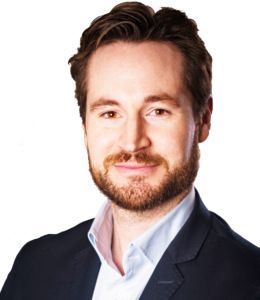Opinion
Global Denmark: The art of threading the needle
Thomas Mulhern
This article is more than 5 years old.
How global families can achieve mobility, stability, flexibility and continuity through education

Embracing diversity is key (photo: Pixabay)
The more families I speak to – whether they are located in Copenhagen, San Francisco or Shanghai – the more I am convinced that providing bilingual education (Danish/English) in Denmark provides a unique platform for giving expat and repat families mobility, continuity, stability and flexibility in one swoop.
This has a direct impact on mitigating the factors that make moving to and from Denmark less attractive.
Decades of research have documented the gift that bilingual education is. Students participating in bilingual education have improved memory function, greater awareness of the nature of language itself, the ability to identify ambiguity to a greater degree, and improved inter-cultural skills.
With benefits like these, why hasn’t bilingual education taken on a more widespread role in Europe?
Time to go Dutch!
It has! Bilingual education is certainly not a new idea in the educational sector. It is spreading in countries like Sweden, Italy and Spain. In addition, the Netherlands has over 150 bilingual schools with instruction both in Dutch and English.
However, to date, Denmark has not overseen the spread of bilingual education as a viable alternative to standard monolingual education.
This lack of choice has put many expat, repat and multicultural families in the difficult position of having to choose between a Danish or an international school.
Many times, this choice has felt like, and has been, a choice between assimilation or segregation in the expat bubble. This has the consequence of making it more difficult for Danes to internationalise and global Danes and expats to integrate.
Breaking down barriers
The question then becomes: how can Danish society break down these self-erected barriers that stand in the way of authentic integration and global mobility?
The short answer is to launch a national and international bilingual education movement, taking inspiration from what the Dutch have done so successfully. This hybrid model offers a unique recipe that calls for simultaneous integration and internationalisation for the diverse groups that make up Danish society.
What does simultaneous integration and internationalisation look like? These concepts taken together can be seen as the process whereby people from diverse backgrounds can learn, form meaningful relationships, and participate in a fuller way.
To integrate fully in Denmark, one needs to cultivate Danish skills, but this does not need to be at the expense of one’s English language competencies.
To be international in Denmark, one needs to cultivate a global perspective, but this does not need to occur at the expense of understanding and participating in the Danish culture.

About
Thomas Mulhern
Thomas Knudsen Mulhern, the managing director of Globally Local (globallylocal.dk) and former head of the International Department at Institut Sankt Joseph, is a passionate advocate of bilingual education in Denmark. In addition, Thomas co-hosts the Global Denmark Podcast (globaldkpodcast.com).










































